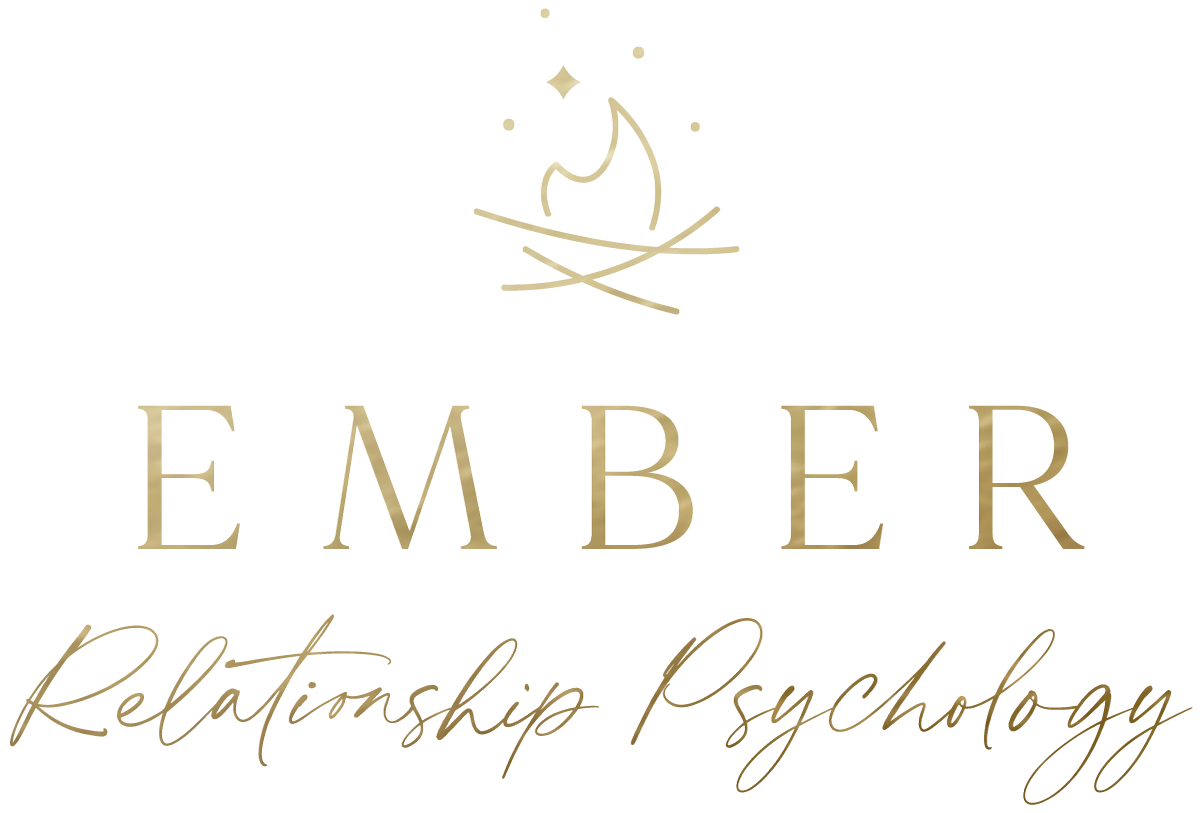6 Steps to Heal Past Resentment
No one wants past pains to get in the way of current pleasures in their relationship.
by Amber Dalsin, M.Sc., C.Psych.
No one wants past pains to get in the way of current pleasures in their relationship.
We all want to feel deeply connected to our partners, but sometimes there are pains that keep coming up. Couples I work with tell me,
We’re having the same conflicts again and again, spinning our wheels and getting nowhere
We feel lonely, angry, invalidated, or disrespected
It feels like the relationship should be easier
Talking about past pain and resentment can sometimes leave us feeling worse, not better. So here are six steps you can take to heal a past hurt so you can feel safe and loved in your relationship and allow those past incidents to be forgotten.
It's important that each of you take a turn to do these steps. Practice being the speaker and the listener. The paradox is that feeling heard and understood comes from listening to your partner without interpretation, blame, judgement, or interruption. The more our partners feel heard, the more we feel heard.
The first step to working through a past pain is:
1. Being able to talk about it
To process the incident without it becoming a fight, couples need to commit to talking about it, not fighting about it. That can be a real challenge.
2. Start with how you feel
Although you may feel hurt, frustrated, embarrassed, or abandoned it will help to describe your feelings in a reasonable way, so your partner can stay engaged.
Wait. They hurt me, why should I have to be reasonable?
Well, the reason to be reasonable and to start softly is so your partner can hear you and you can both process it, so it doesn't cause more pain.
Remember, the start can determine whether your conversation succeeds or fails. Talking about past pains can unintentionally slip into blame, criticism, and harsh words or tones. If your partner feels blamed or attacked, they may defend themselves by leaving the conversation or counterattacking. Conversations that start harshly often end harshly.
By starting with how you feel, you actually soften the conversation, increasing the likelihood it's going to go well.
3. Describe what the feeling is about
Give your interpretation of what happened.
Even though you and your partner went through the same event, there are at least two different ways to look at it. And here's the tricky part: You're both right from your own point of view.
The key to processing an incident is to hear each (at times, conflicting) point of view, without judgement, without interpretation, without rebuttal, and just accept that there are two different ways to see it.
When you describe your interpretation, you’ll want to stay away from blame, harsh words, and criticism so that your partner doesn’t feel defensive and either counterattack or leave. State the facts as you see them and recognise that your partner might see the same situation very differently.
4. Explain your triggers
Why did the incident cause an emotional reaction for you?
Most of our emotional reactions are due to something in that relationship, from our past, or from something going on in our current lives. For our partners to understand, we need to explain why we were triggered.
Triggers may be things like:
I've been feeling tired and overwhelmed this week.
I have this reaction because it reminds me of something that happened in my childhood.
This is a vulnerability for me.
I feel triggered because of something that happened in a past relationship.
The key here is explaining your triggers in a way that stays away from judgement, blame, accusation, and simply explains why this is painful to you.
Tell your stories to your partner. The more you can share, hear the other person's point of view, and validate what is going on, the easier it'll be to work through past pains.
5. Take responsibility
This step is difficult: taking responsibility for your part. Depending on what the past pain or betrayal is, you may not have a responsibility, but if there is a past pain, there is probably some responsibility to be taken.
If you can, acknowledge what you’re responsible for and offer an apology. After your partner offers an apology, to try to accept it. If you can’t accept their apology, explain what you still need.
When rejecting an apology, most people will explain why they’re still hurt. That is ok. But letting your partner know what you need them to do is a way to move forward and focuses on a more positive outcome.
6. Come up with constructive plans
The next part of healing in the aftermath of a regrettable incident is coming up with constructive plans. Plans tend to be things you can do differently and requests for something your partner can do differently so that this past pain doesn’t happen or come up again.
Many past pains can be processed through these steps more than once. It could take five times, twenty times, a hundred times for them to be fully processed and put away. This can be very hard to do. So some of your constructive plans can actually be about how you’ll talk about it again.
These are the six steps to healing past resentment:
Committing to talk about it without fighting about it again
Stating how you feel
Describing what about
Explaining your triggers
Taking responsibility for your part, offering, and accepting apologies
Generating a constructive plan
Now you know what it takes. Working through these steps together (or if you’re stuck, with the help of a couples therapist in your area), can help you transform a distant and lonely relationship into peaceful and loving connection.
This blog is not meant to be a substitute for couples therapy or relationship counselling. This should not be construed as specific advice. See a relationship therapist in your area to address your specific problems.

